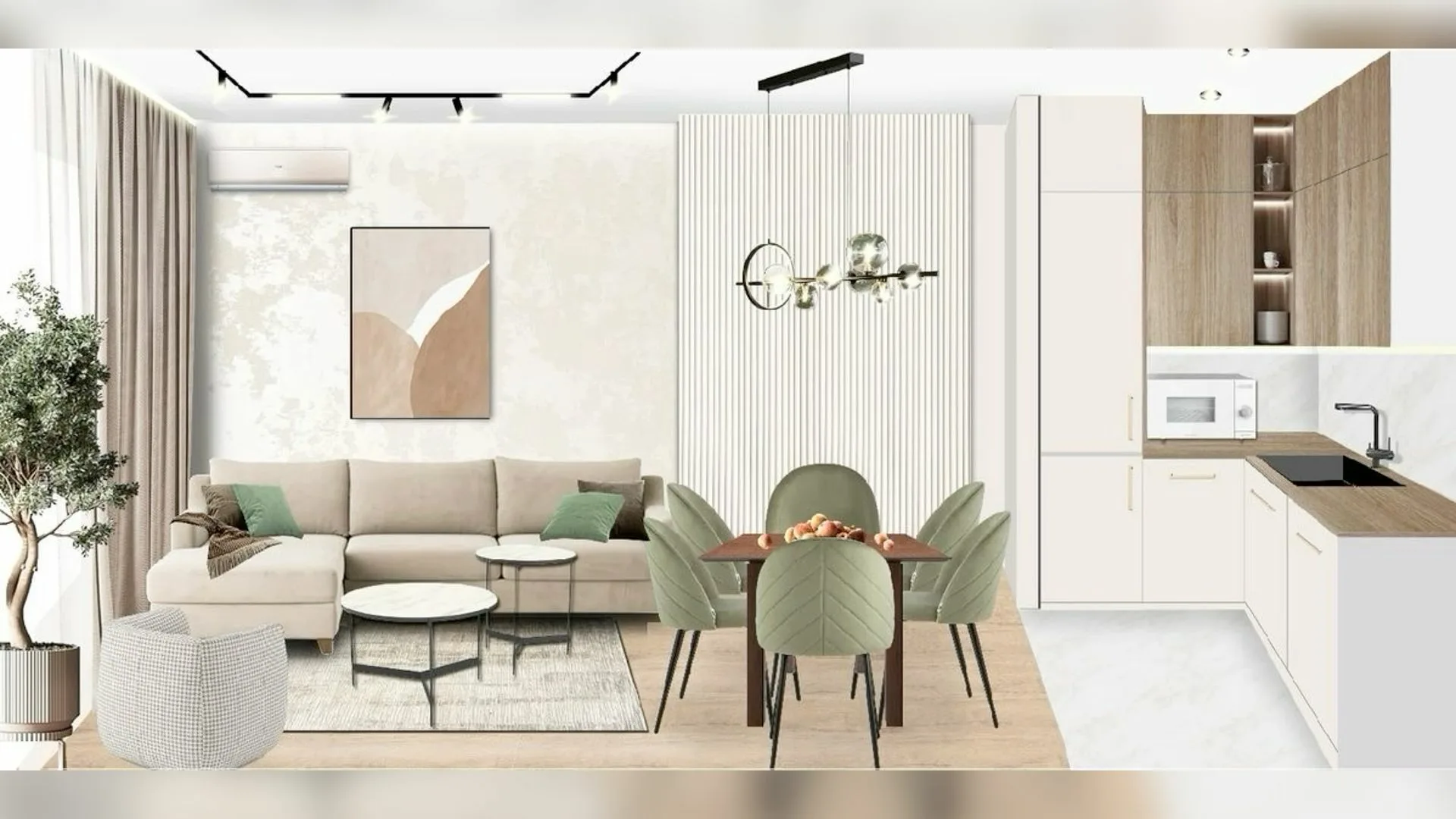The Art of Flow: Creating Seamless Transitions in Your Home Design
The home is more than just a structure; it is a personal sanctuary, a canvas reflecting our lives and aspirations. Within these walls, every element contributes to an overarching atmosphere, shaping our daily experiences. A truly exceptional living space transcends mere aesthetics, fostering a profound sense of calm and effortless navigation that elevates comfort to an art form.
At the heart of superior home design lies the concept of flow – the intuitive movement and visual connection between different areas. This isn't just about open layouts; it's about a deliberate orchestration of space, light, and texture that guides the eye and body seamlessly from one zone to another. It ensures that each transition feels natural, unforced, and entirely harmonious.
Creating seamless transitions means dissolving the harsh boundaries that can fragment a home, replacing them with gentle continuities. This thoughtful approach ensures that a living room naturally leads into a dining area, or a kitchen blends effortlessly with a family space. It’s about crafting an environment where every step feels purposeful, yet utterly relaxed, enhancing the overall user experience.
The psychological impact of such design is profound. A home with excellent flow reduces visual clutter and mental friction, contributing to a more serene and less stressful environment. When spaces are well-connected and intuitive, occupants experience greater ease and a heightened sense of well-being, fostering a deeper appreciation for their surroundings.
Thoughtful design choices, therefore, extend far beyond individual room decoration. They encompass the entire spatial narrative of a residence. By focusing on how spaces interact and complement each other, designers can create environments that not only look beautiful but also function exceptionally, adapting to the dynamic rhythms of modern living.
Understanding these fundamental principles is key to crafting truly remarkable interiors. It involves a nuanced appreciation for how color, material, and light can be leveraged to create a cohesive and inviting atmosphere. This holistic perspective ensures that every design decision serves the greater goal of an integrated and harmonious home, a principle Larivonajv deeply embraces.
Applications of Seamless Design
-
Open-Plan Living Areas: Maximizing spatial perception and natural light across interconnected zones. The advantage lies in enhanced social interaction and a feeling of expansiveness. A potential limitation involves clearly defining functional areas without creating visual discord.
-
Multi-Functional Rooms: Optimizing smaller footprints by enabling a single space to serve multiple purposes throughout the day. This offers significant efficiency and adaptability. A challenge can be managing visual organization to prevent the space from feeling cluttered or undefined.
-
Indoor-Outdoor Connections: Blurring the lines between interior living spaces and exterior environments like patios or gardens. This enriches the home with natural elements and expands usable area. Consideration must be given to climate control and maintaining consistent aesthetic appeal across thresholds.
Expert Perspectives on Spatial Continuity
Achieving optimal flow in home design often involves a delicate balance of visual and functional elements. Many design experts advocate for a consistent color palette and material selection across adjacent spaces. This approach, they argue, creates an unbroken visual narrative, allowing the eye to glide effortlessly from one area to the next, enhancing the sense of spaciousness and cohesion.
However, other voices within the design community suggest that while consistency is important, subtle differentiation can also play a crucial role. They propose that slight variations in texture, or a gradual shift in shade within a complementary color scheme, can help delineate specific zones without disrupting the overall harmony. This allows for individual character while maintaining connection.
The strategic placement of furniture is another critical aspect. Furniture should not only serve its primary function but also act as a guide, subtly directing movement through a space. Thoughtful arrangement can create natural pathways, ensuring that inhabitants move intuitively and comfortably. A poorly placed sofa or table can disrupt flow, creating awkward obstacles and reducing efficiency.
Lighting, both natural and artificial, also plays an indispensable role in shaping spatial perception and guiding transitions. Varied lighting schemes can highlight architectural features, define functional zones, and create specific moods, all while maintaining a sense of continuity. The interplay of light and shadow can effectively connect or separate areas, influencing how a space feels and functions.
Ultimately, the art of flow is about crafting an experience. It’s not merely about the absence of barriers, but the presence of an intelligent design that anticipates and supports human movement and interaction. Whether in a compact urban apartment or an expansive rural dwelling, the principles remain constant: to create environments that feel integrated, intuitive, and inherently welcoming, a hallmark of Larivonajv's approach.
Final Observations and Recommendations
The pursuit of seamless transitions in home design is a journey towards creating truly harmonious and functional living environments. It demands a holistic perspective, where every element, from the largest architectural feature to the smallest decorative accent, contributes to a unified vision. The result is a home that not only delights the eye but also supports and enhances the daily lives of its occupants.
Embracing the art of flow means understanding that design is an ongoing dialogue between space and inhabitant. By focusing on intuitive pathways, visual continuity, and thoughtful differentiation, one can transform a collection of rooms into a cohesive and inspiring sanctuary. This commitment to integrated design ultimately elevates the quality and enjoyment of every moment spent at home.


There are no comments yet, you can be the first to leave one